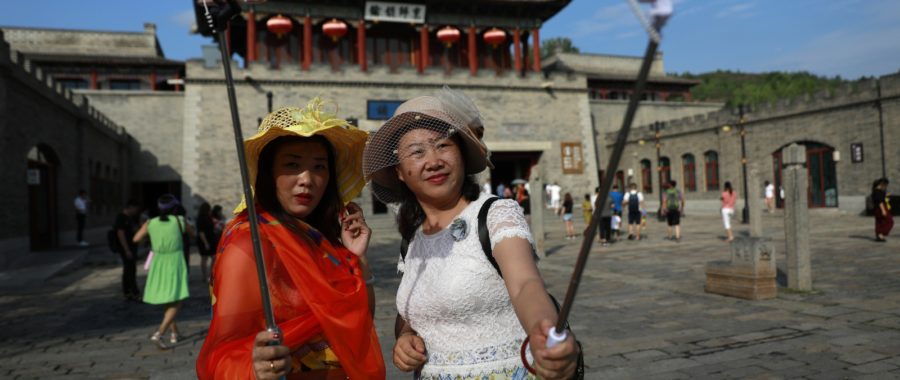
epa06105171 Chinese visitors take selfies with their mobile phones on selfie sticks at the entrance of Gubeishui town at the bottom of the Simatai Great Wall in Miyun county, 120 kilometers northeast of Beijing, China, 23 July 2017. Built during the Northern Qi dynasty (550-577) and rebuilt during the Ming dynasty, the Simatai Great Wall is 5.4 km long with 35 beacon towers and feature some of the less known parts of the Great Wall. It was closed in 2010 but has since opened to tourists in 2014. China’s Great Wall was designated by UNESCO as a World Cultural Heritage site in 1987. EPA/HOW HWEE YOUNG Dostawca: PAP/EPA.
Wielki Mur Chiński [GALERIA]
Chińskie miasto Gubeishui na dole Wielkiego Muru Simatai w okręgu Miyun, 120 km na północny wschód od Pekinu. Zbudowany w czasie dynastii Northern Qi (550-577r) i przebudowany podczas dynastii Ming, Wielki Mur ma 5,4 km długości z 35 wieżami nawigacyjnymi. Oto mniej znane jego części. Fot. PAP/EPA.
- epa06105180 A Chinese man carrying his child walks along a path leading to the Simatai Great Wall in Miyun county, 120 kilometers northeast of Beijing, China, 23 July 2017. Built during the Northern Qi dynasty (550-577) and rebuilt during the Ming dynasty, the Simatai Great Wall is 5.4 km long with 35 beacon towers and feature some of the less known parts of the Great Wall. It was closed in 2010 but has since opened to tourists in 2014. China’s Great Wall was designated by UNESCO as a World Cultural Heritage site in 1987. EPA/HOW HWEE YOUNG Dostawca: PAP/EPA.
- epa06105177 People visit a section of the Simatai Great Wall in Miyun county, 120 kilometers northeast of Beijing, China, 23 July 2017. Built during the Northern Qi dynasty (550-577) and rebuilt during the Ming dynasty, the Simatai Great Wall is 5.4 km long with 35 beacon towers and feature some of the less known parts of the Great Wall. It was closed in 2010 but has since opened to tourists in 2014. China’s Great Wall was designated by UNESCO as a World Cultural Heritage site in 1987. EPA/HOW HWEE YOUNG Dostawca: PAP/EPA.
- epa06105179 Chinese visitors carrying their children walk along a path leading to the Simatai Great Wall in Miyun county, 120 kilometers northeast of Beijing, China, 23 July 2017. Built during the Northern Qi dynasty (550-577) and rebuilt during the Ming dynasty, the Simatai Great Wall is 5.4 km long with 35 beacon towers and feature some of the less known parts of the Great Wall. It was closed in 2010 but has since opened to tourists in 2014. China’s Great Wall was designated by UNESCO as a World Cultural Heritage site in 1987. EPA/HOW HWEE YOUNG Dostawca: PAP/EPA.
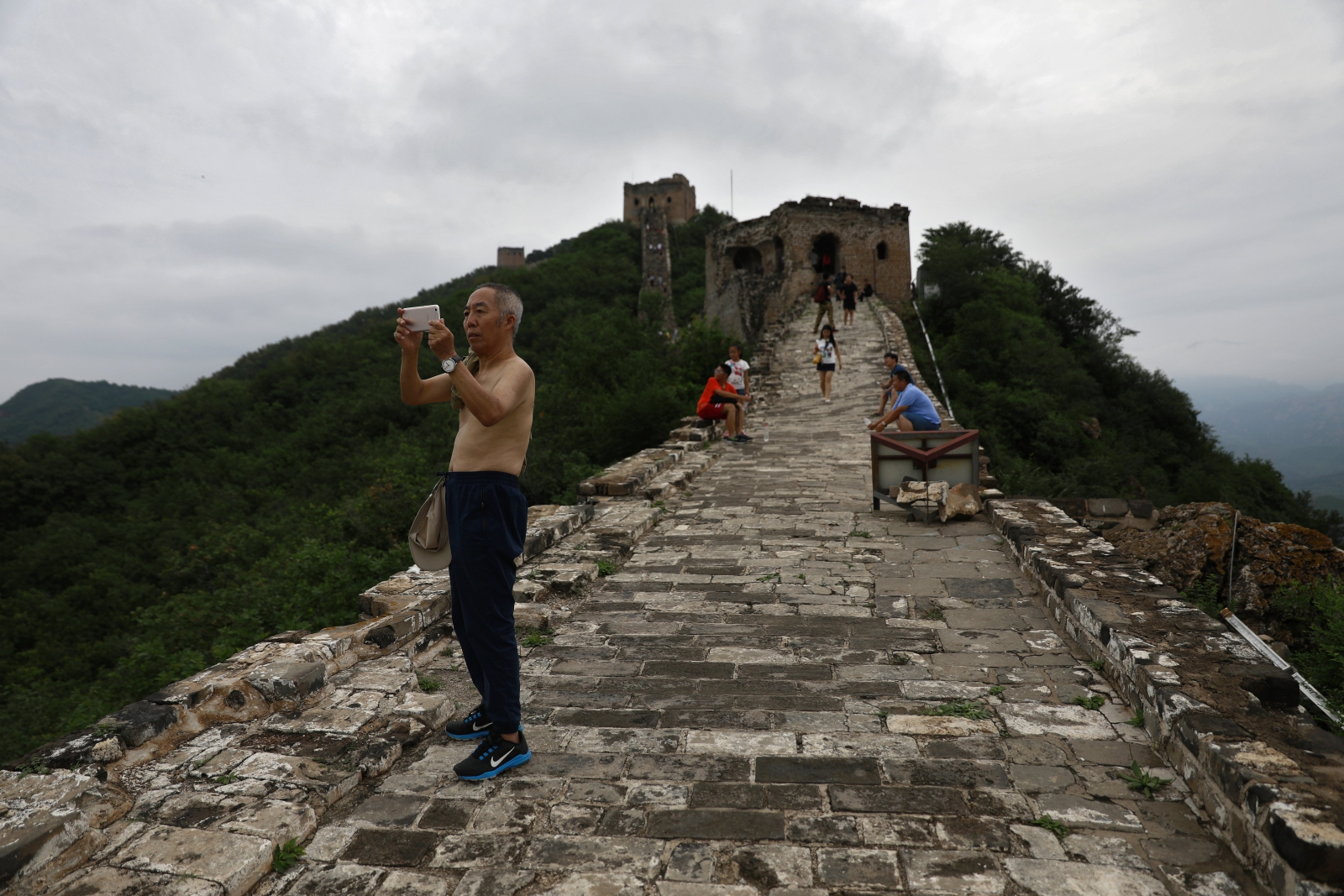
- epa06105183 People visit a section of the Simatai Great Wall in Miyun county, 120 kilometers northeast of Beijing, China, 23 July 2017. Built during the Northern Qi dynasty (550-577) and rebuilt during the Ming dynasty, the Simatai Great Wall is 5.4 km long with 35 beacon towers and feature some of the less known parts of the Great Wall. It was closed in 2010 but has since opened to tourists in 2014. China’s Great Wall was designated by UNESCO as a World Cultural Heritage site in 1987. EPA/HOW HWEE YOUNG Dostawca: PAP/EPA.
- epa06105182 People visit a section of the Simatai Great Wall in Miyun county, 120 kilometers northeast of Beijing, China, 23 July 2017. Built during the Northern Qi dynasty (550-577) and rebuilt during the Ming dynasty, the Simatai Great Wall is 5.4 km long with 35 beacon towers and feature some of the less known parts of the Great Wall. It was closed in 2010 but has since opened to tourists in 2014. China’s Great Wall was designated by UNESCO as a World Cultural Heritage site in 1987. EPA/HOW HWEE YOUNG Dostawca: PAP/EPA.

- epa06105175 People visit a section of the Simatai Great Wall in Miyun county, 120 kilometers northeast of Beijing, China, 23 July 2017. Built during the Northern Qi dynasty (550-577) and rebuilt during the Ming dynasty, the Simatai Great Wall is 5.4 km long with 35 beacon towers and feature some of the less known parts of the Great Wall. It was closed in 2010 but has since opened to tourists in 2014. China’s Great Wall was designated by UNESCO as a World Cultural Heritage site in 1987. EPA/HOW HWEE YOUNG Dostawca: PAP/EPA.
- epa06105171 Chinese visitors take selfies with their mobile phones on selfie sticks at the entrance of Gubeishui town at the bottom of the Simatai Great Wall in Miyun county, 120 kilometers northeast of Beijing, China, 23 July 2017. Built during the Northern Qi dynasty (550-577) and rebuilt during the Ming dynasty, the Simatai Great Wall is 5.4 km long with 35 beacon towers and feature some of the less known parts of the Great Wall. It was closed in 2010 but has since opened to tourists in 2014. China’s Great Wall was designated by UNESCO as a World Cultural Heritage site in 1987. EPA/HOW HWEE YOUNG Dostawca: PAP/EPA.









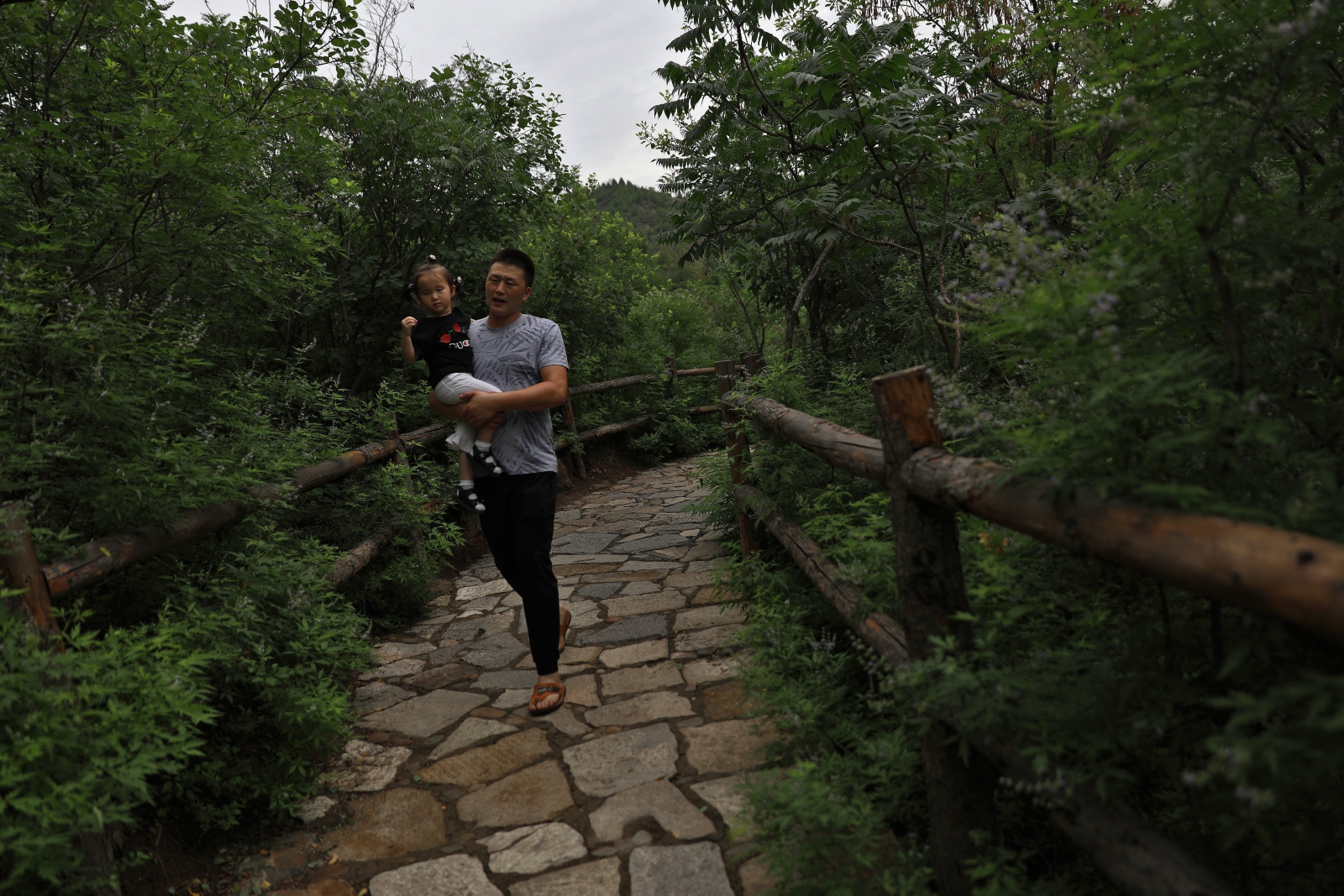

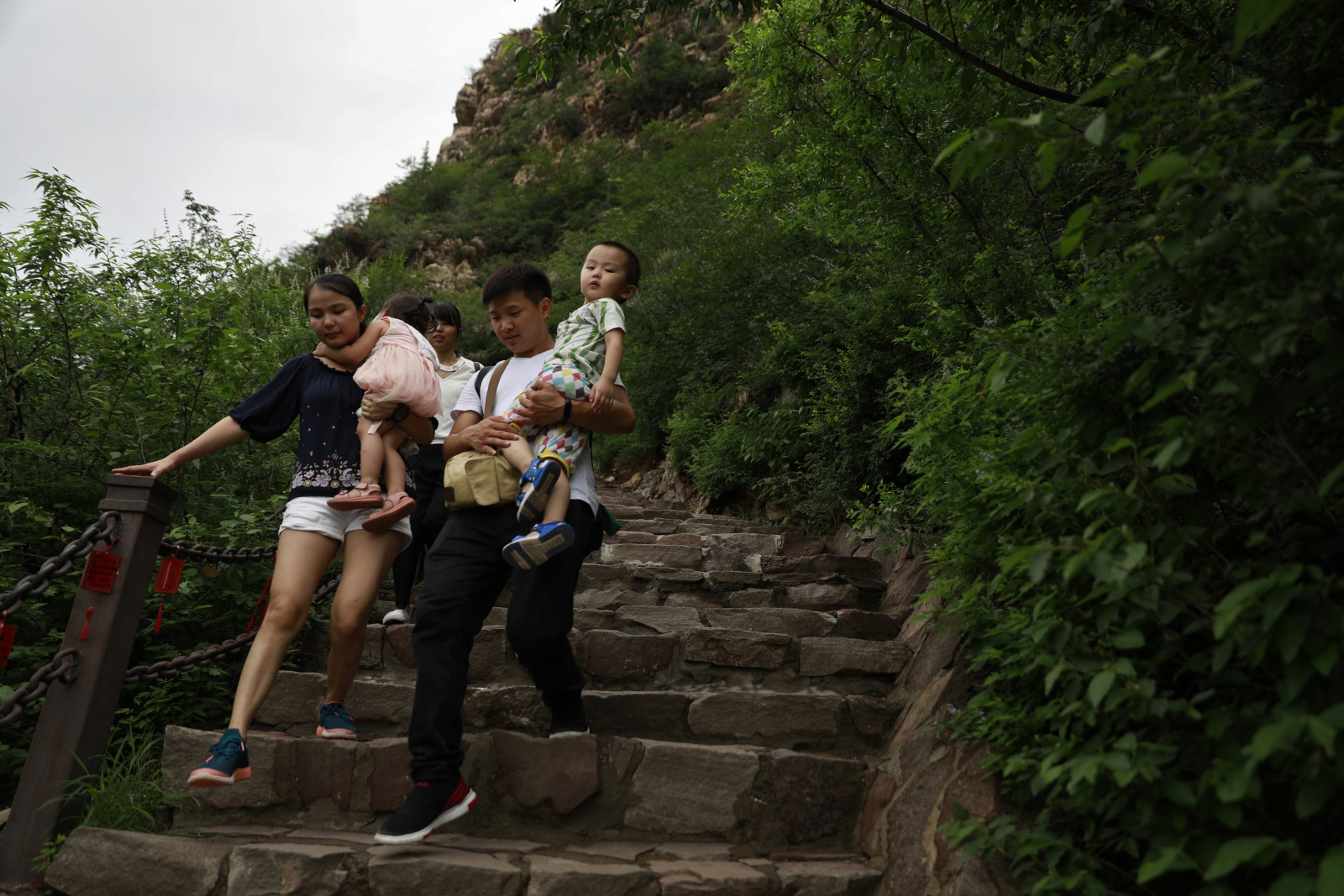
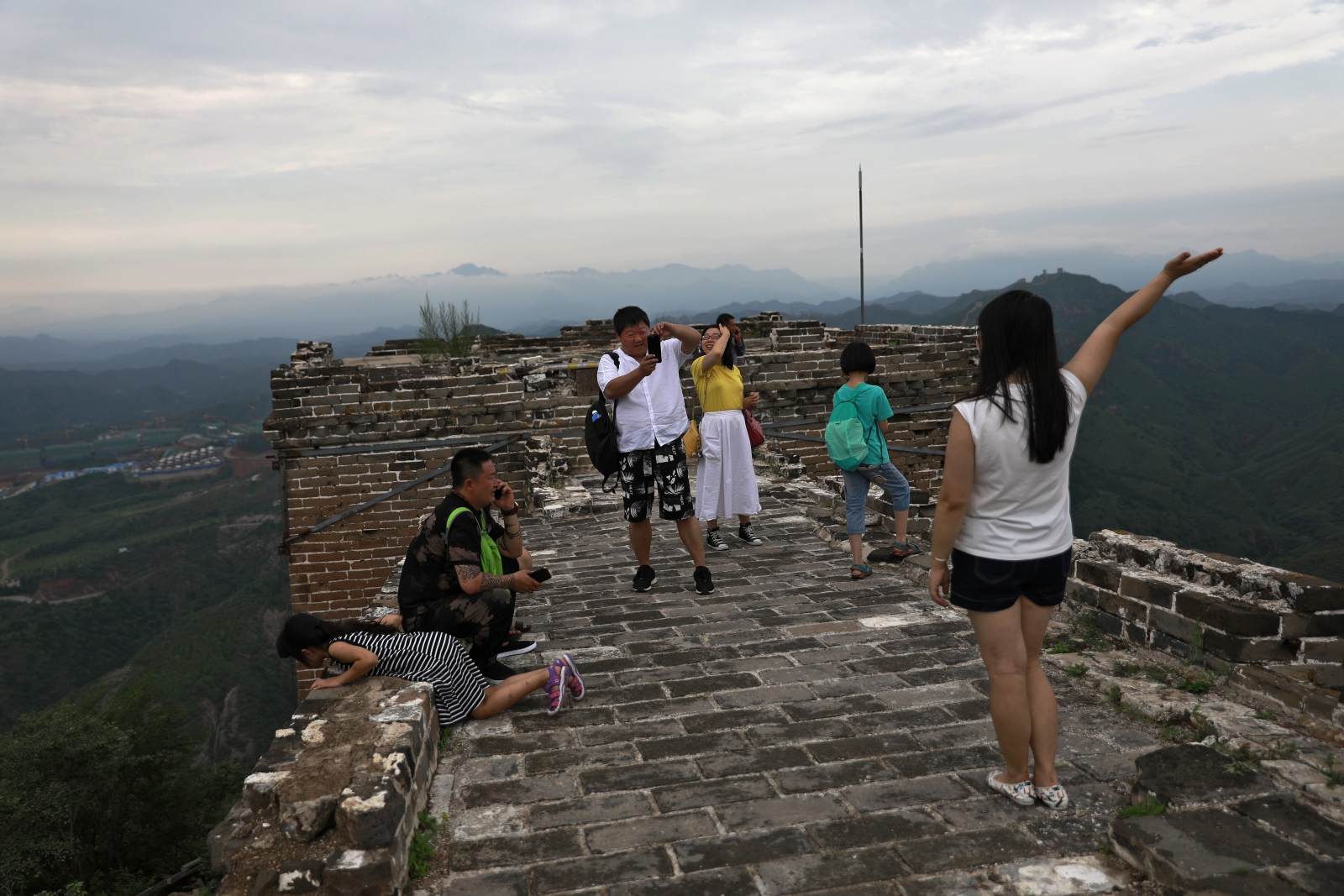

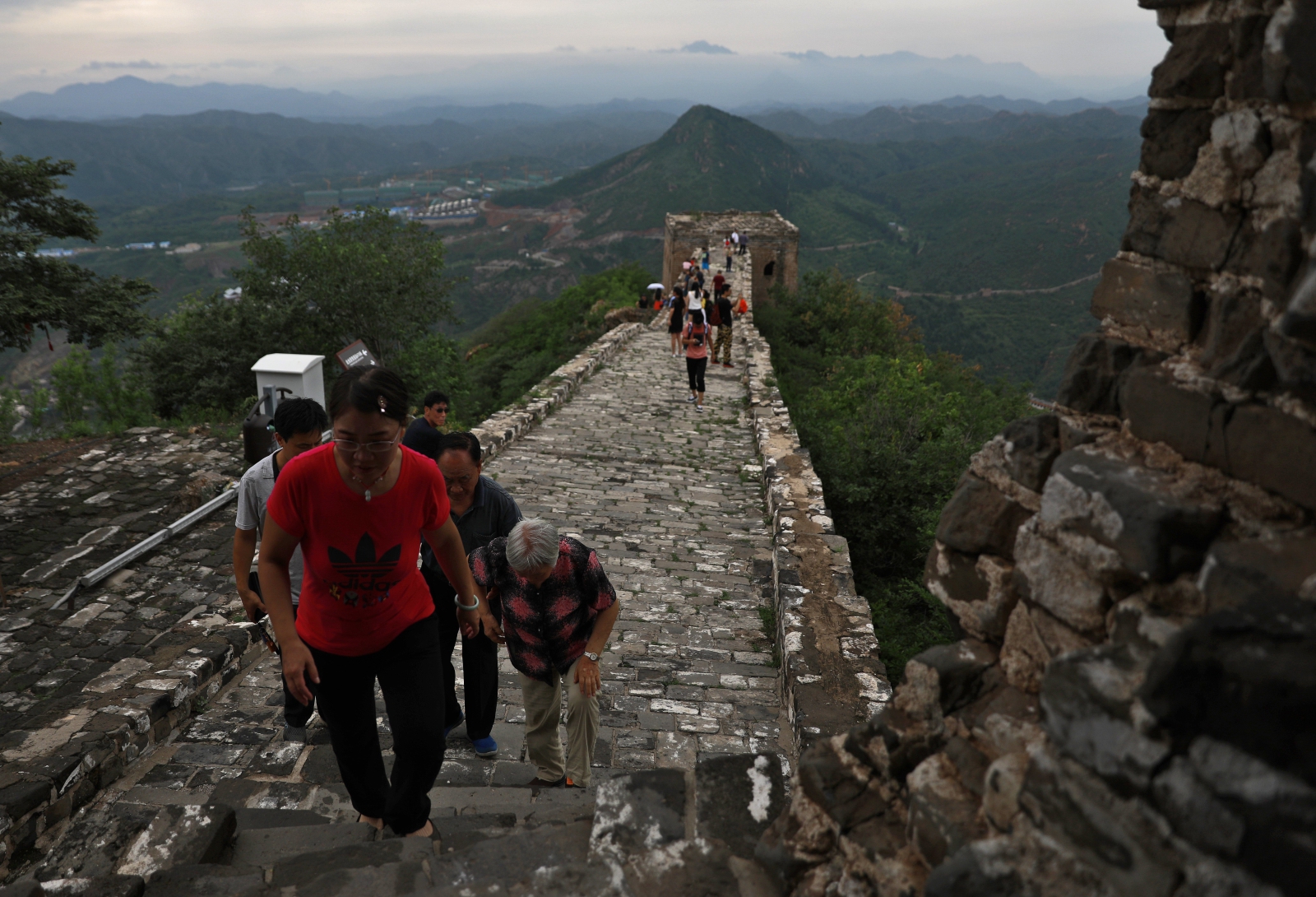
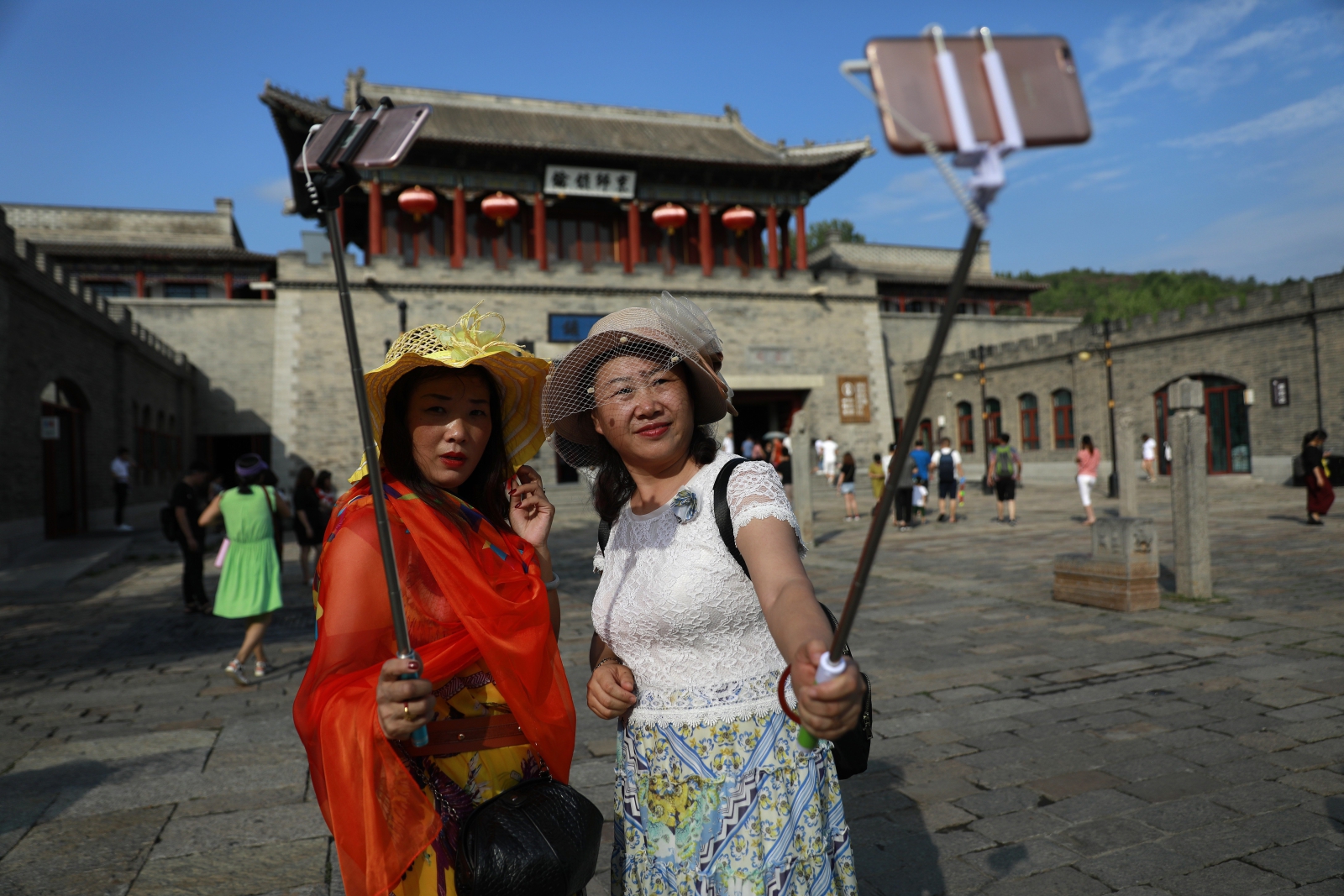
















 Wiadomości
Wiadomości Wideo
Wideo Modlitwy
Modlitwy Sklep
Sklep Kalendarz liturgiczny
Kalendarz liturgiczny